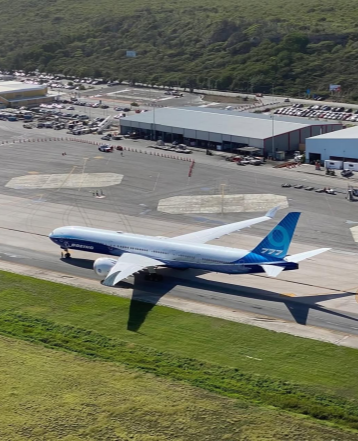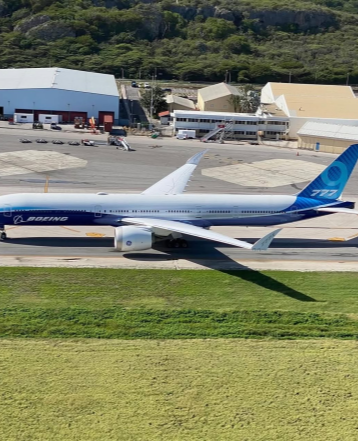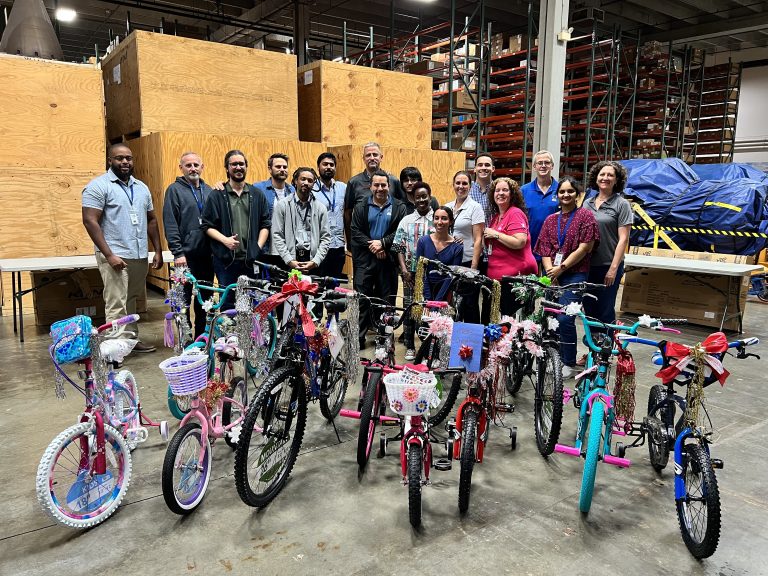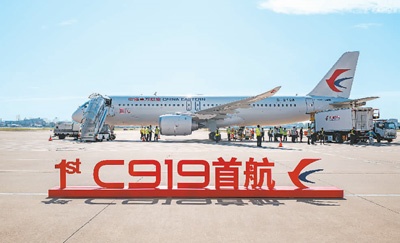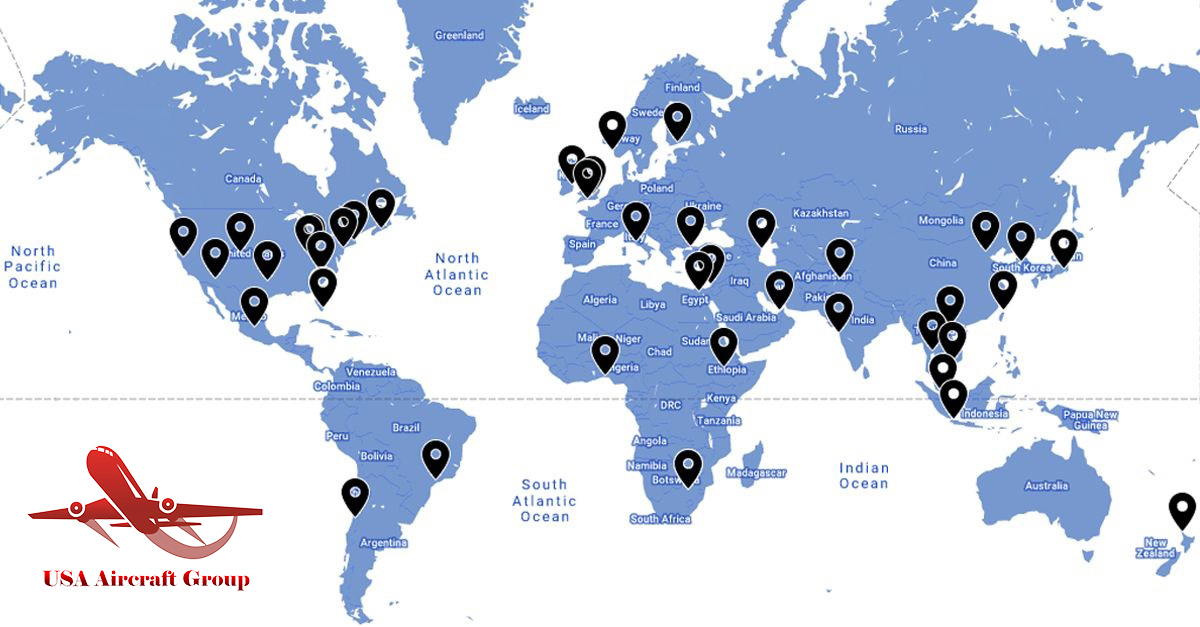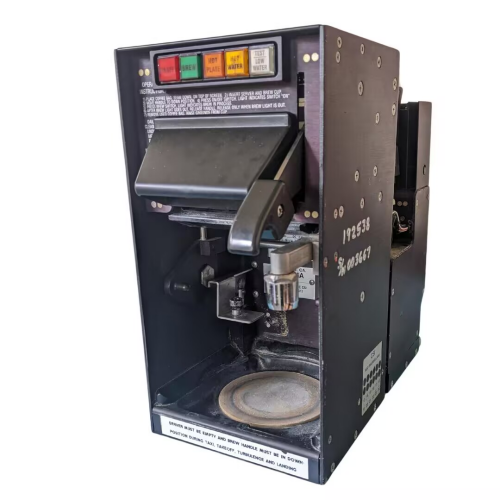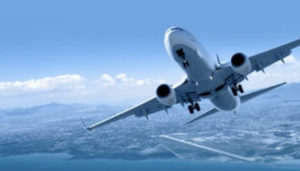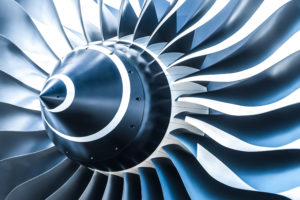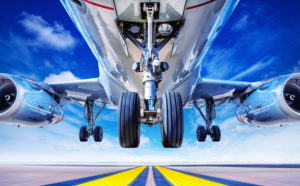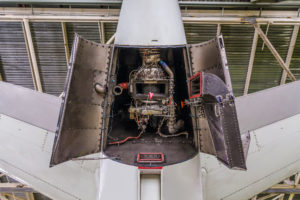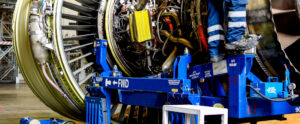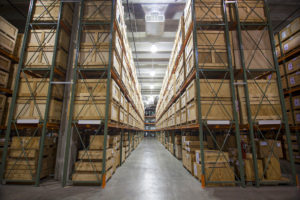Press Releases

Measures to improve the safety of civil airliners-USA Aircraft Group Corporation
Date: 2025/4/3
1. Security monitoring systemIn order to monitor the safety of civil airliners in real time, airlines and civil aviation management departments have built a complete set of
The security monitoring system. The system includes two key devices, a flight data recorder (FDR) and a cockpit voice recorder (CVR). FDR records the flight parameters of the aircraft, such as speed, altitude and direction, while the CVR records the voice communication of the crew members in the cockpit. These data can be extracted after the accident and used to investigate and analyze the cause of the accident.
In addition, modern civil airliners are also equipped with a flight data transmission system (ADTS), which can transmit flight data to the ground monitoring center in real time. The ground monitoring center can monitor the flight status of the aircraft in real time through ADTS. Once an abnormal situation is found, it can take timely measures to ensure flight safety.
2. Safety training
In order to improve the safety performance of civil airliners, the airline has conducted comprehensive safety training for crew members. These trainings include flight operation training, emergency response training, and firefighting and life-saving training. Flight operation training mainly includes the training of flight technology and operating specifications. The training content includes the use of flight manuals, mastery of flight procedures and understanding of aircraft systems. Emergency response training is to enable crew members to quickly make correct decisions in emergency situations and take corresponding emergency measures. Firefighting and life-saving training is to familiarize the crew members with the firefighting equipment and life-saving equipment on the plane, as well as the corresponding operating methods.
In addition, crew members also need to participate in simulation training regularly to improve their ability to cope with complex situations. Simulation training usually uses flight simulators to simulate the real flight environment, allowing crew members to conduct simulated flight and emergency training to test their flight skills and coping ability.
3. On-board safety equipment
In order to ensure the safety of passengers and crew members, civil airliners are equipped with a series of on-board safety equipment. These equipment include seat belts, oxygen masks, life jackets, lifeboats, etc. The seat belt is a safety device that must be used in flight. It can hold passengers to their seats to prevent injuries in the event of severe bumps or emergencies. The oxygen mask is installed in the oxygen system above the cabin. In the event of an emergency resulting in insufficient oxygen in the cabin, passengers and crew members can use oxygen masks to maintain breathing.
Life jackets are equipment that provides buoyancy and protection in an emergency. They are usually stored in a life jacket container under the seat. A lifeboat is a device for emergency evacuation of passengers and crew members in an emergency. Once the plane makes an emergency landing on the water, passengers and crew members can board the lifeboat through the lifeboat to ensure safe evacuation.
4. Airport security measures
In addition to measures to improve the safety of civil airliners, the airport has also taken a series of safety measures to ensure the safe take-off and landing of aircraft. Airport security measures include the ground protection of the aircraft and the security settings of the airport. Ground security mainly includes guidance and protection when aircraft enter and exit the port, as well as safety control when aircraft operate on the ground. The safety settings of the airport mainly include the division of the entry and exit areas of aircraft, the setting of roads and bird prevention measures.
The airport needs to strictly abide by the relevant operating procedures and norms when the aircraft takes off and desits to ensure that the aircraft is in the take-off and landing process.
It can be completed safely and smoothly. At the same time, the airport also needs to carry out regular security inspection and maintenance to ensure that the operating environment of the aircraft is safe and reliable.
Sum up
The safety of civil aviation aircraft is the focus of attention for airlines and passengers. In order to ensure passenger safety and improve the safety performance of civil airliners, airlines and civil aviation management departments have taken a series of safety improvement measures. These measures include safety monitoring systems, safety training, in-fboard safety equipment and airport safety measures. Through the implementation of these measures, the safety performance of civil airliners has been greatly improved, and the safe travel of passengers has also been effectively guaranteed.
